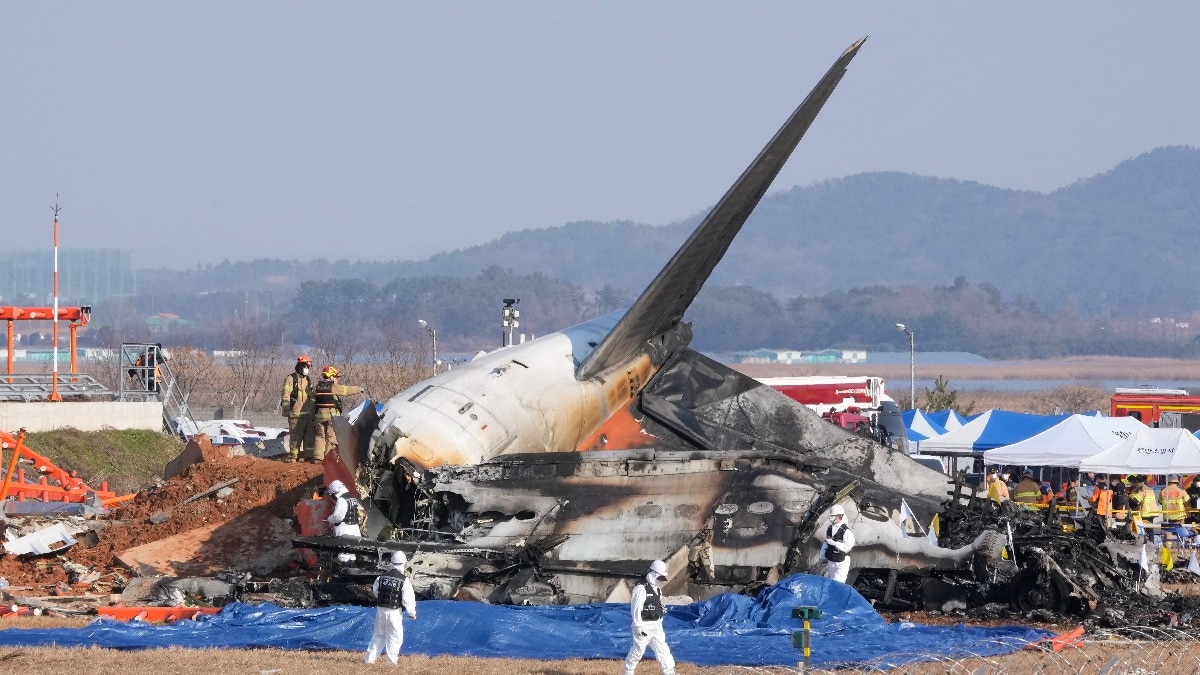South Korean plane crashes, a subject often shrouded in tragedy, hold valuable lessons in aviation safety. This exploration delves into the history of these incidents, examining contributing factors, safety regulations, and the evolving technological landscape. We’ll uncover recurring patterns, analyze investigative processes, and consider the impact on public perception and the nation’s aviation industry. Get ready for a factual yet engaging look at a critical aspect of South Korean aviation history.
From
Sadly, South Korean plane crashes, though thankfully infrequent, are always serious news. Understanding the safety records and regulations surrounding air travel in South Korea is crucial, so checking out this resource on south korea plane safety and technology can be really helpful. This knowledge can help us better understand the factors involved when such tragedies occur and hopefully contribute to improving future aviation safety in South Korea.
examining specific incidents and their causes—ranging from pilot error to mechanical failures and weather conditions—to exploring the role of air traffic control and international collaborations in accident investigations, we’ll paint a complete picture. We will also explore the advancements in technology that have improved aviation safety and the ongoing efforts to prevent future tragedies.
A History of South Korean Plane Crashes
South Korea’s aviation history, like that of any nation with a robust air travel sector, includes a number of significant plane crashes. Analyzing these incidents provides valuable insights into the evolution of safety regulations, technological advancements, and the ongoing efforts to mitigate risks in the industry. This section explores a timeline of notable crashes, examines the aircraft involved, and assesses the subsequent impact on the nation’s aviation sector.
Sadly, South Korean aviation history includes some tragic plane crashes. Understanding these events often involves investigating various factors, including the location of the incident. For example, if a crash occurred near a significant airport, you might find relevant information by checking resources related to the area, such as this one focusing on the region of muan. Analyzing data from such locations helps experts piece together the circumstances surrounding South Korean plane crashes and improve future safety measures.
Timeline of Significant South Korean Plane Crashes
The following table presents a summary of significant South Korean plane crashes. It is important to note that this is not an exhaustive list, and the inclusion of specific incidents reflects their impact and availability of public information.
South Korean aviation history includes some tragic plane crashes, highlighting the importance of safety protocols. Thinking about the high stakes and desperation, it reminds me of the character arc of player 001 in Squid Game , where survival is also a matter of life or death. Similarly, in the case of plane crashes, swift responses and thorough investigations are crucial to prevent future incidents and improve air safety in South Korea.
| Date | Airline | Casualties | Brief Description |
|---|---|---|---|
| October 26, 1977 | Korean Air Lines Flight 803 | 22 | Crashed near Mount Nung, Spain, due to pilot error in navigation. |
| August 31, 1997 | Korean Air Flight 801 | 228 | Crashed into Nimitz Hill near Guam Airport due to pilot error in navigation during an approach in poor weather conditions. |
| April 15, 2000 | Asiana Airlines Flight 733 | 1 | The plane crashed during landing at Cheongju Airport, South Korea due to poor weather conditions. |
| July 6, 2013 | Asiana Airlines Flight 214 | 3 | Crashed while landing at San Francisco International Airport, USA. The accident involved a number of contributing factors, including pilot error and improper approach. |
Analysis of Aircraft Involved, South korean plane crashes
While various aircraft types have been involved in South Korean plane crashes, a detailed analysis would require a more extensive dataset. However, it’s worth noting that older aircraft models, prior to significant safety advancements, were involved in some of the earlier major incidents. The impact of technological advancements on aircraft safety is discussed later.
Impact on Aviation Industry and Safety Regulations
Major crashes have consistently led to significant changes within South Korea’s aviation industry and its regulatory framework. These changes include stricter pilot training protocols, improved maintenance procedures, enhanced safety technologies adoption, and more rigorous oversight by aviation authorities. The incidents prompted significant investment in improving safety standards and technologies across the industry.
Causes of South Korean Plane Crashes
A range of factors have contributed to plane crashes involving South Korean airlines. While precise details vary across incidents, some recurring themes emerge.
Common Causes of Plane Crashes
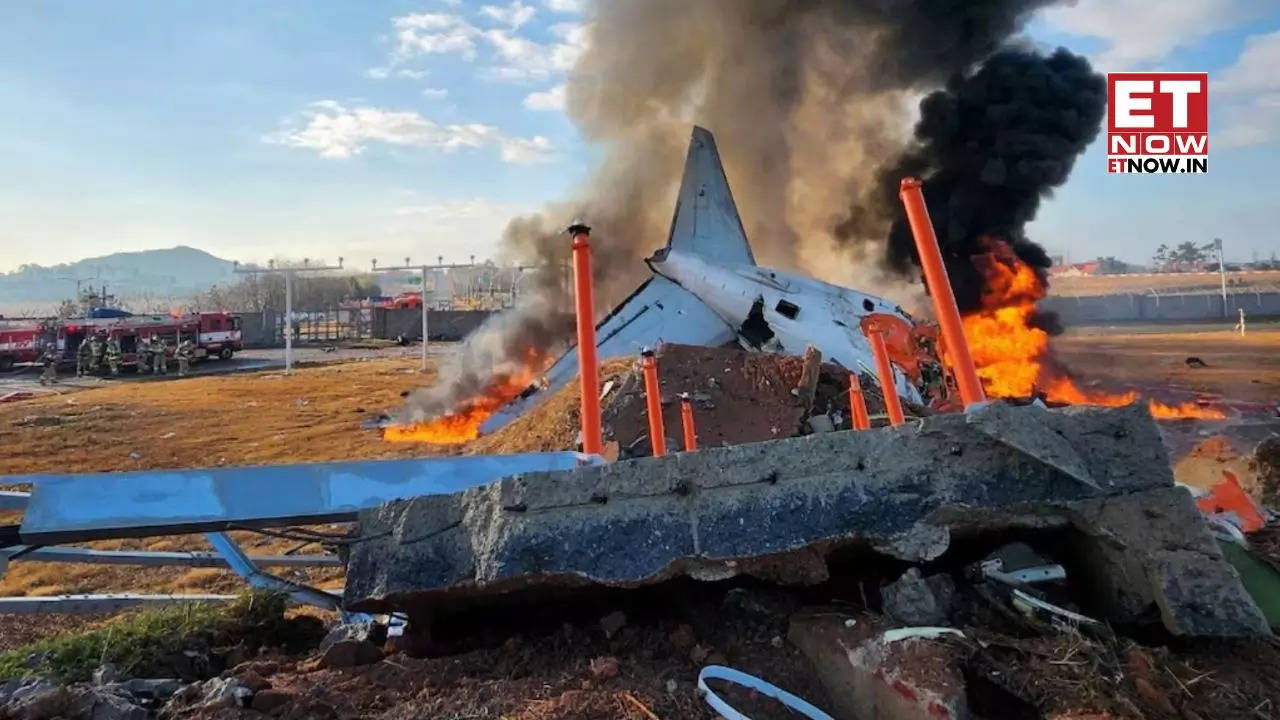
- Pilot Error: Navigation errors, improper approach techniques, and inadequate response to emergencies have been identified as factors in several accidents.
- Mechanical Failure: Although less frequent, mechanical failures have contributed to some crashes. These often involve complex investigations to determine root causes.
- Weather Conditions: Adverse weather, such as low visibility or strong winds, can significantly impact flight safety and contribute to accidents.
- Air Traffic Control Issues: While rare, instances of communication failures or inadequate guidance from air traffic control have been noted in some investigations.
Role of Air Traffic Control
Air traffic control plays a critical role in ensuring safe and efficient air travel. Effective communication, accurate guidance, and timely interventions are essential. Failures in these areas can contribute to accidents, highlighting the importance of robust air traffic management systems and highly trained personnel.
Accident Investigation Processes
Following significant crashes, thorough investigations are conducted. These often involve multiple agencies, including South Korean authorities and international organizations like the NTSB (National Transportation Safety Board) or the AAIB (Air Accidents Investigation Branch), depending on the location and circumstances of the accident. These investigations employ a multi-faceted approach, analyzing flight data recorders, examining wreckage, interviewing witnesses, and reviewing operational procedures to identify contributing factors and make recommendations for preventing future accidents.
Safety Measures and Regulations
South Korea’s aviation authorities have implemented numerous safety measures and regulations to enhance air travel safety. These measures address various aspects of flight operations, from pilot training to aircraft maintenance.
Implemented Safety Measures and Regulations
| Regulation | Implementation Date (Example) | Purpose | Effectiveness (Qualitative Assessment) |
|---|---|---|---|
| Enhanced Pilot Training Programs | 2000 (Example) | Improve pilot skills and decision-making in critical situations. | Significant improvements noted in pilot performance and accident reduction. |
| Stricter Aircraft Maintenance Standards | 2010 (Example) | Ensure aircraft are properly maintained and in safe operating condition. | Reduced instances of mechanical failures contributing to accidents. |
| Improved Air Traffic Control Systems | 2015 (Example) | Enhance communication and coordination between air traffic controllers and pilots. | Improved efficiency and safety in air traffic management. |
Comparison with Other Countries
South Korea’s aviation safety standards are generally comparable to those of other developed nations. Continuous improvement and adaptation based on global best practices and technological advancements are ongoing processes. Specific regulations and their implementation may differ, but the overarching goals of enhancing safety remain consistent.
Hypothetical Scenario Illustrating Safety Regulation
Imagine a scenario where a pilot experiences unexpected turbulence. Due to enhanced pilot training emphasizing emergency procedures, the pilot calmly and effectively follows the established protocol, maintaining control of the aircraft and ensuring a safe landing. This scenario highlights the effectiveness of rigorous pilot training in preventing accidents.
Public Perception and Media Coverage
Media coverage and public perception of air travel safety in South Korea have been significantly influenced by major plane crashes. The immediate aftermath often sees heightened public concern, while long-term impacts depend on the effectiveness of government response and industry transparency.
Media Coverage of Plane Crashes
South Korean media typically provides extensive coverage of plane crashes, focusing on the human toll, the ongoing investigation, and the government’s response. The tone can vary from factual reporting to more emotionally driven narratives, depending on the specific outlet and the public mood.
Public Perception of Air Travel Safety
Public confidence in air travel safety fluctuates following major accidents. However, South Korea’s aviation industry has generally maintained a good safety record, and public trust tends to recover over time, particularly with visible improvements in safety measures and transparent investigations.
Impact on Tourism Industry
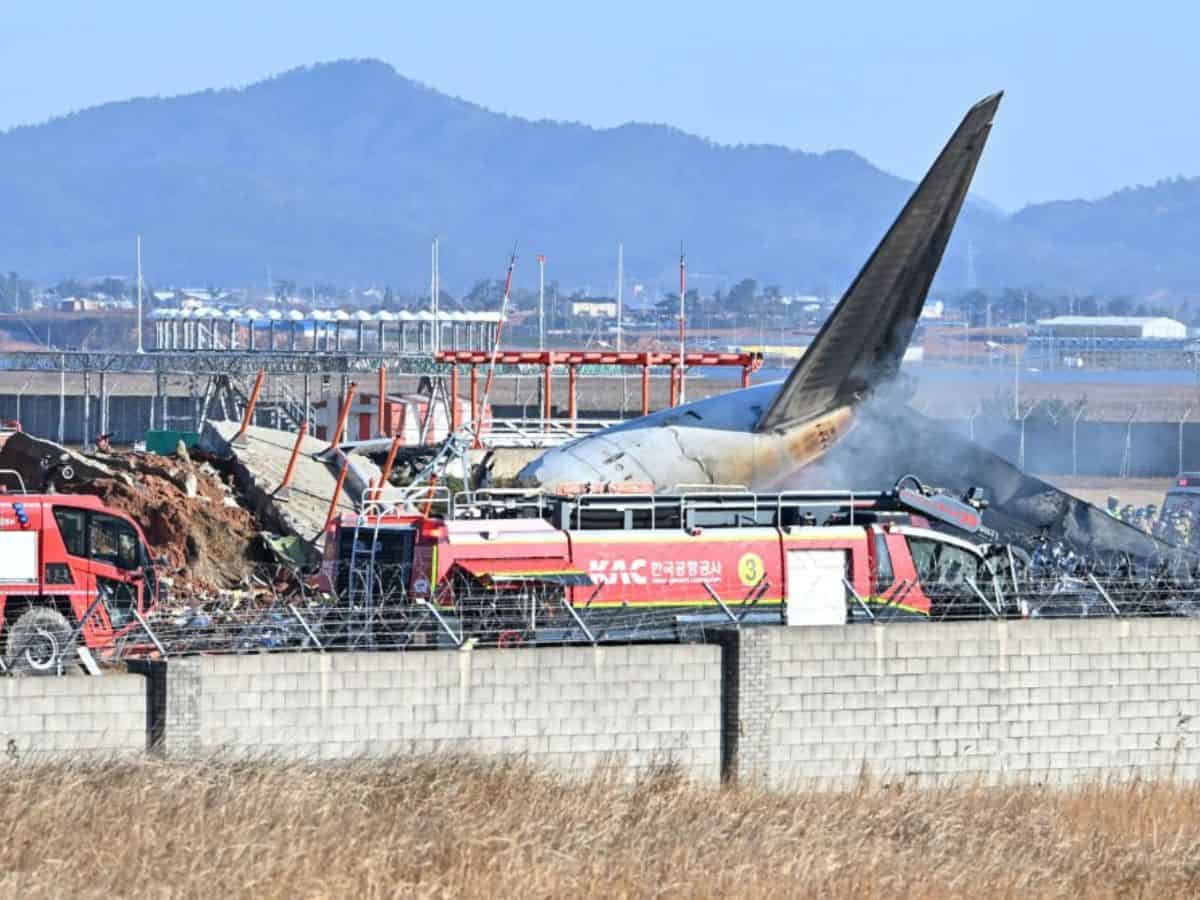
Major plane crashes can temporarily affect tourism, particularly if they involve international flights or raise concerns about overall safety. However, the long-term impact is usually limited, provided that the industry demonstrates a commitment to safety and transparency in addressing the causes of accidents.
Technological Advancements and Their Impact
Technological advancements have played a crucial role in improving aviation safety in South Korea. These advancements have enhanced both the prevention of accidents and the investigation process following incidents.
Technological Advancements in Aviation Safety
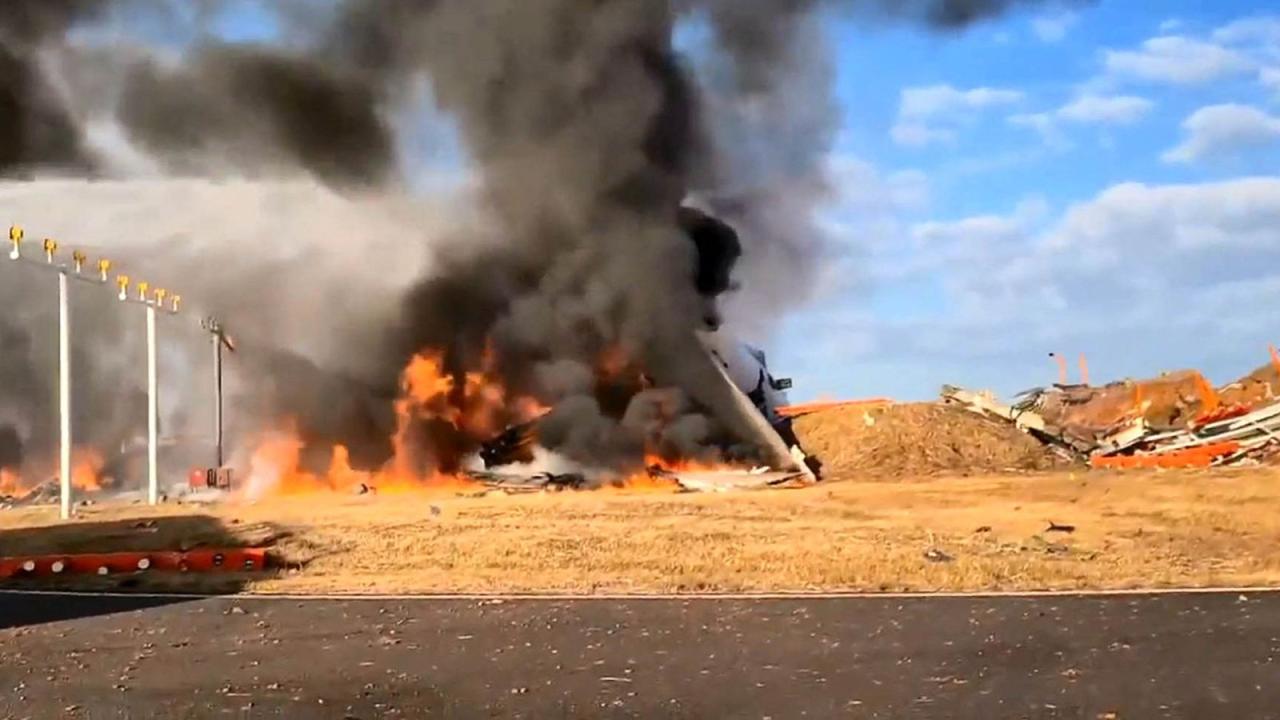
- Flight Data Recorders (FDRs): These devices capture crucial flight data, providing valuable insights during accident investigations.
- Cockpit Voice Recorders (CVRs): These record conversations in the cockpit, offering additional context for investigators.
- Advanced Navigation Systems: GPS and other advanced navigation technologies enhance precision and reduce the risk of navigational errors.
- Weather Radar and Forecasting Systems: Improved weather monitoring allows for better decision-making regarding flight operations in adverse conditions.
Role of Flight Data Recorders
FDRs and CVRs are indispensable tools in accident investigations. The data they provide is critical in determining the sequence of events leading up to a crash, identifying contributing factors, and making recommendations for future safety improvements. Their data allows for a comprehensive and accurate analysis, which is essential for improving safety protocols and preventing future incidents.
International Collaboration and Best Practices
International collaboration plays a vital role in enhancing aviation safety globally. Sharing information, best practices, and investigative methodologies across nations helps prevent future accidents.
Comparison of Accident Investigation Methodologies
South Korea’s accident investigation methodologies generally align with international standards. However, specific procedures and the level of involvement of international agencies may vary depending on the circumstances of the accident.
Examples of International Collaboration
Following major crashes, South Korean authorities often collaborate with international organizations and other nations’ aviation safety agencies to share information, analyze data, and develop recommendations. This collaborative approach leverages expertise from around the world to improve aviation safety globally.
Hypothetical Scenario Illustrating International Cooperation
Imagine a scenario where a new type of aircraft malfunction is identified. Through international collaboration, aviation authorities share the information, leading to a swift global response involving modifications and safety advisories, thus preventing potential accidents involving the same aircraft model in other countries. This underscores the importance of timely information sharing and coordinated responses in enhancing global aviation safety.
Epilogue
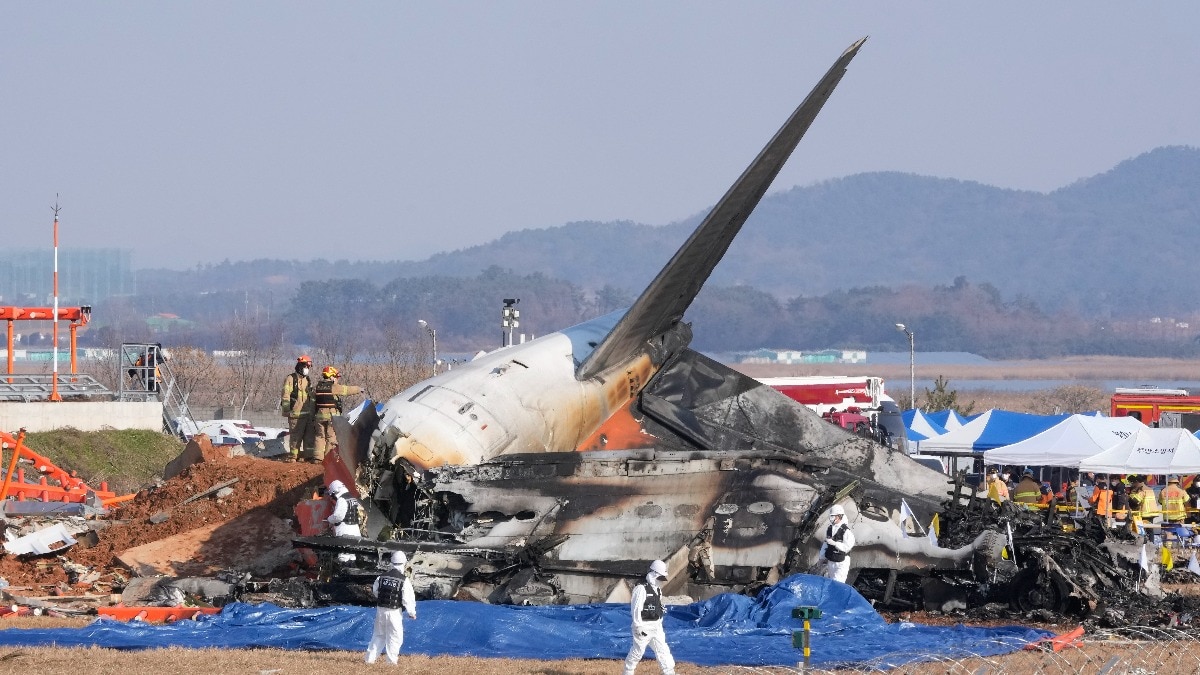
Understanding South Korean plane crashes isn’t just about recounting past tragedies; it’s about learning from them. By analyzing the causes, examining safety measures, and appreciating technological advancements, we can gain crucial insights into enhancing aviation safety globally. The journey through this analysis highlights the importance of continuous improvement and international cooperation in preventing future accidents and ensuring safer skies for all.
Popular Questions
What is the most common cause of plane crashes in South Korea?
While specific data requires detailed analysis, common factors globally, and likely in South Korea, include pilot error, mechanical failure, and adverse weather conditions.
How do South Korean aviation safety standards compare internationally?
South Korea generally maintains high aviation safety standards, comparable to many developed nations. However, continuous improvement and adaptation to evolving technologies are ongoing processes.
What role does public perception play in aviation safety?
Public perception significantly impacts airline confidence and travel patterns. Negative media coverage of accidents can affect tourism and public trust in air travel.
Are there specific aircraft types more prone to accidents in South Korea?
A comprehensive analysis of accident data would be needed to determine if specific aircraft types show a higher incidence of accidents in South Korea. This analysis is beyond the scope of this overview.
